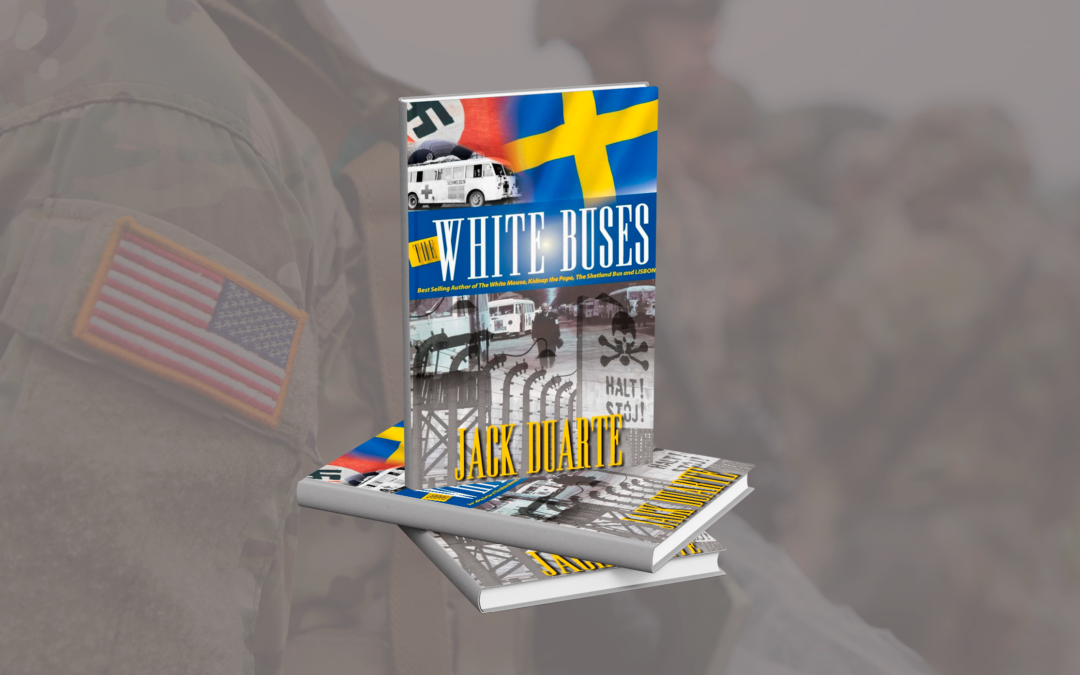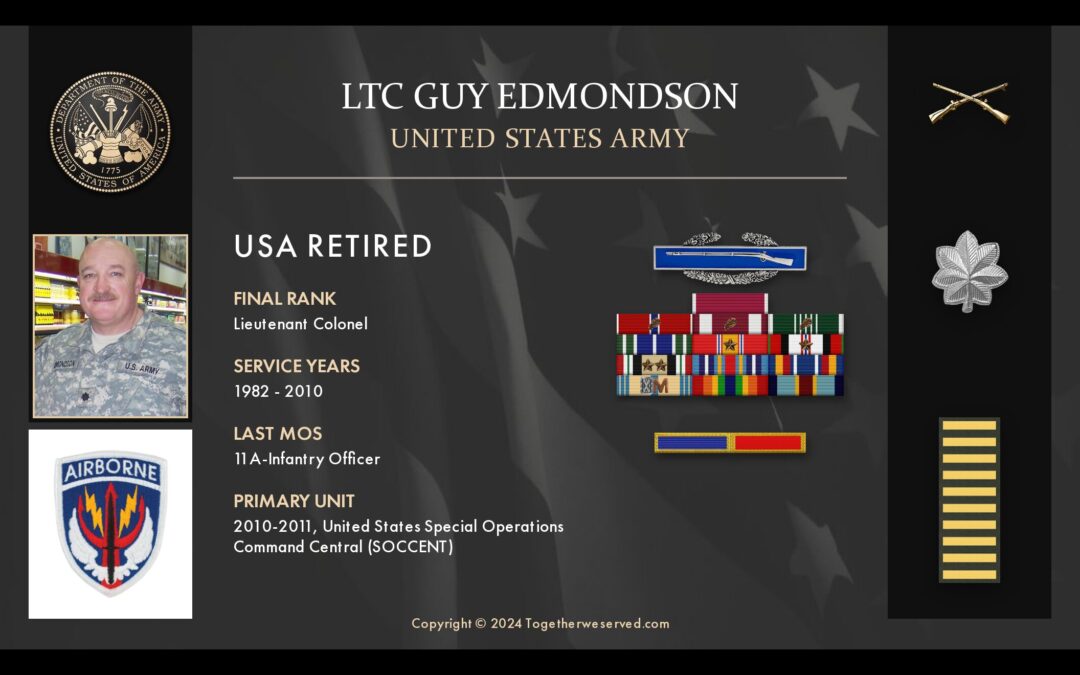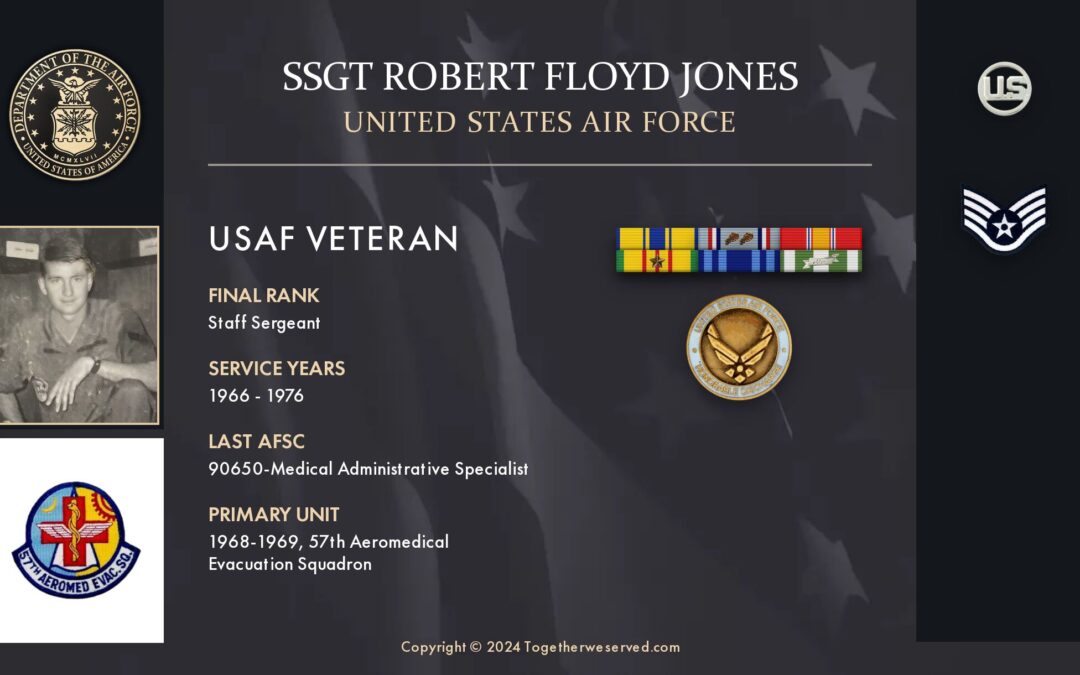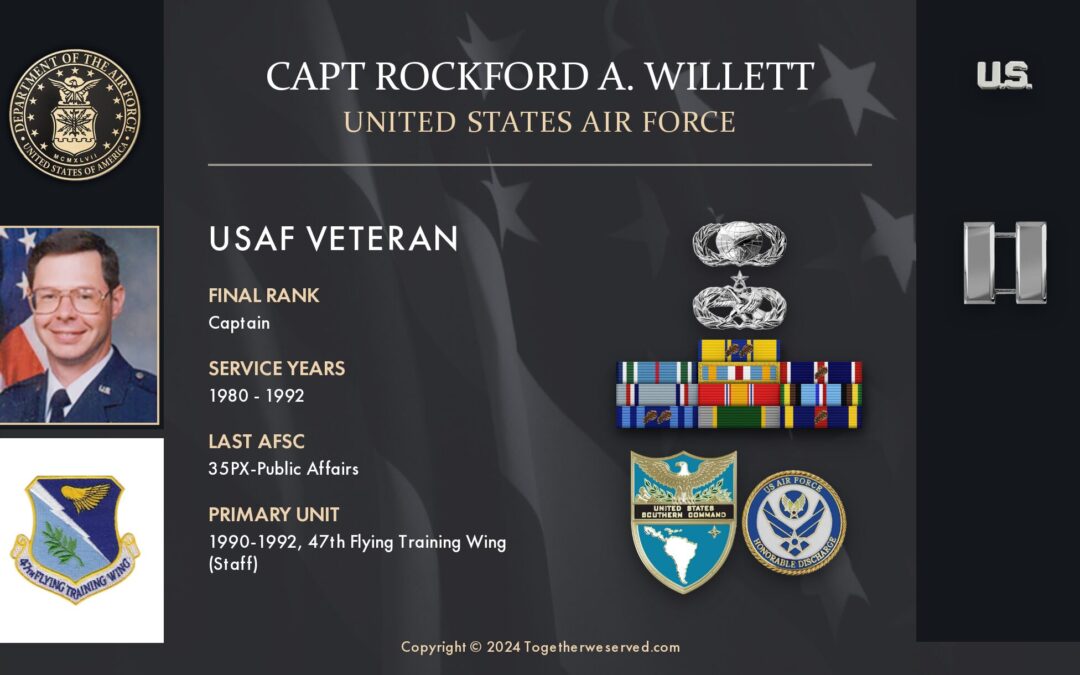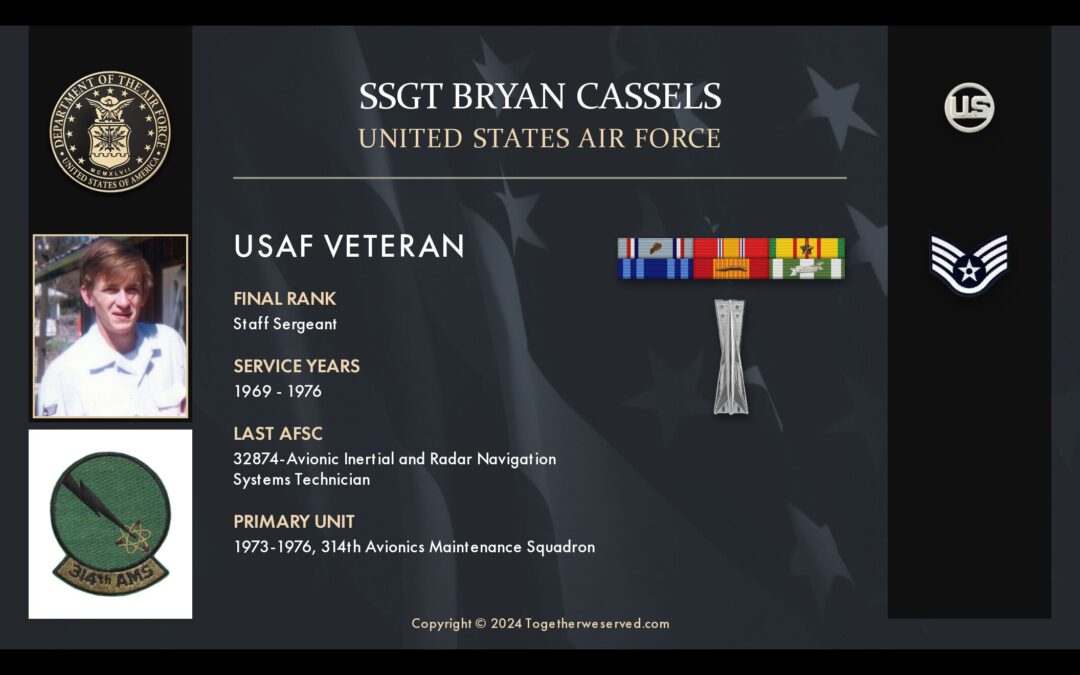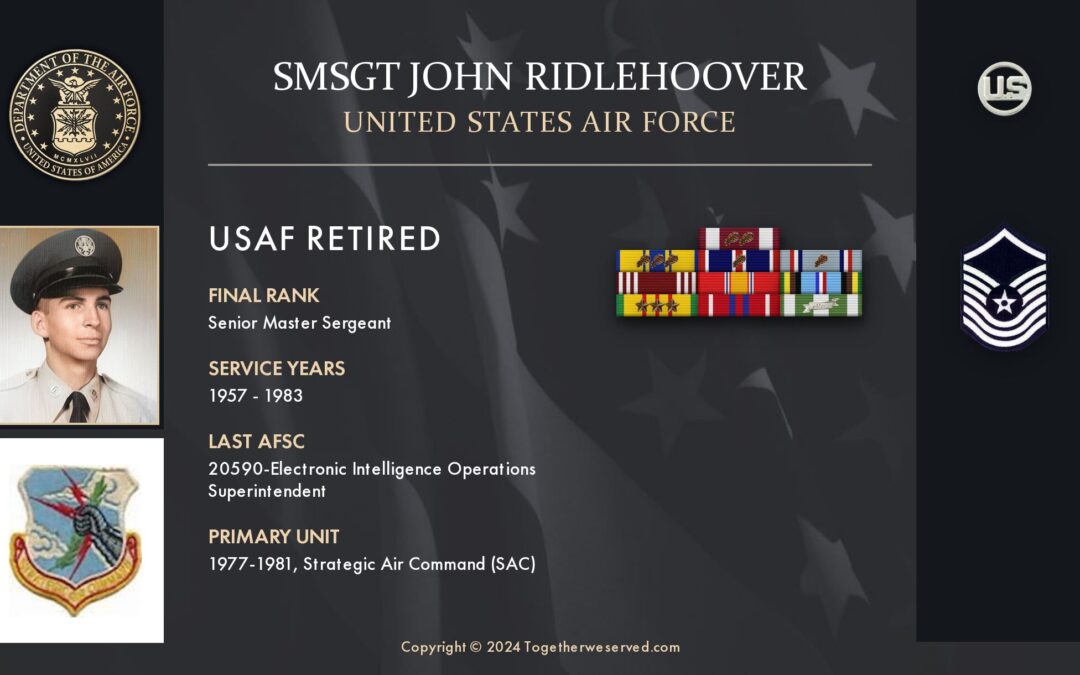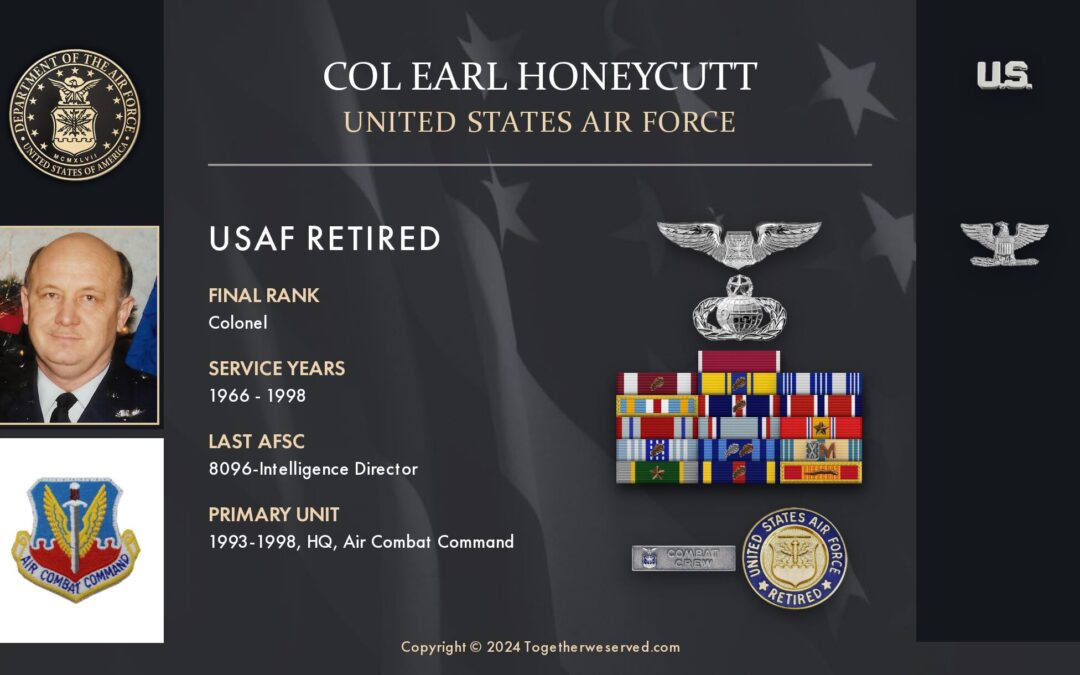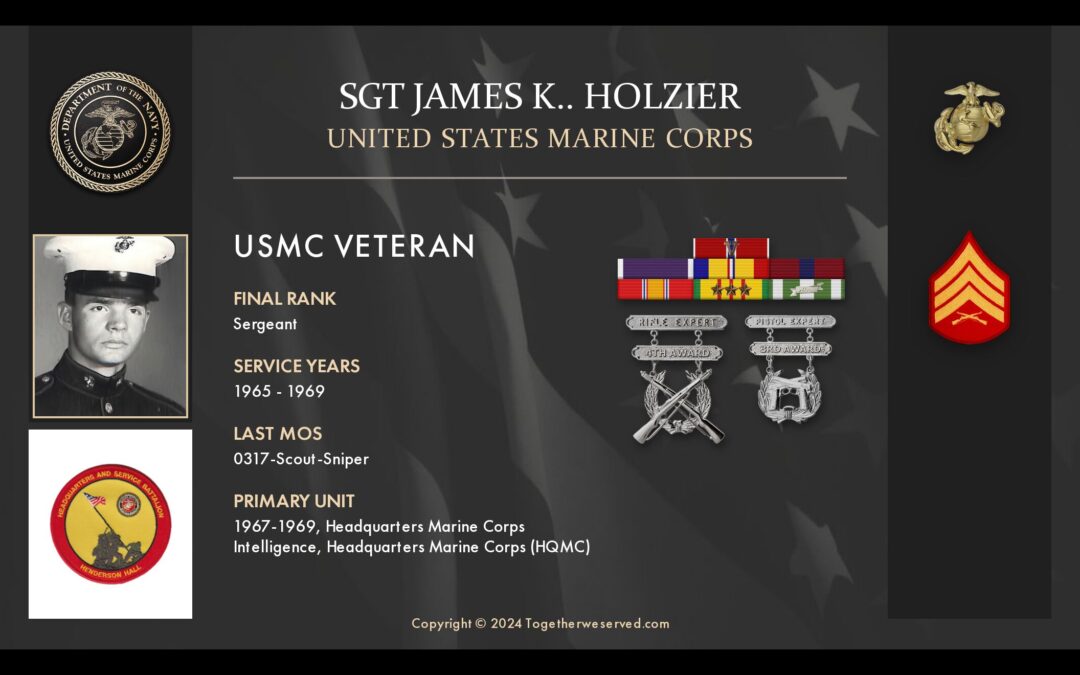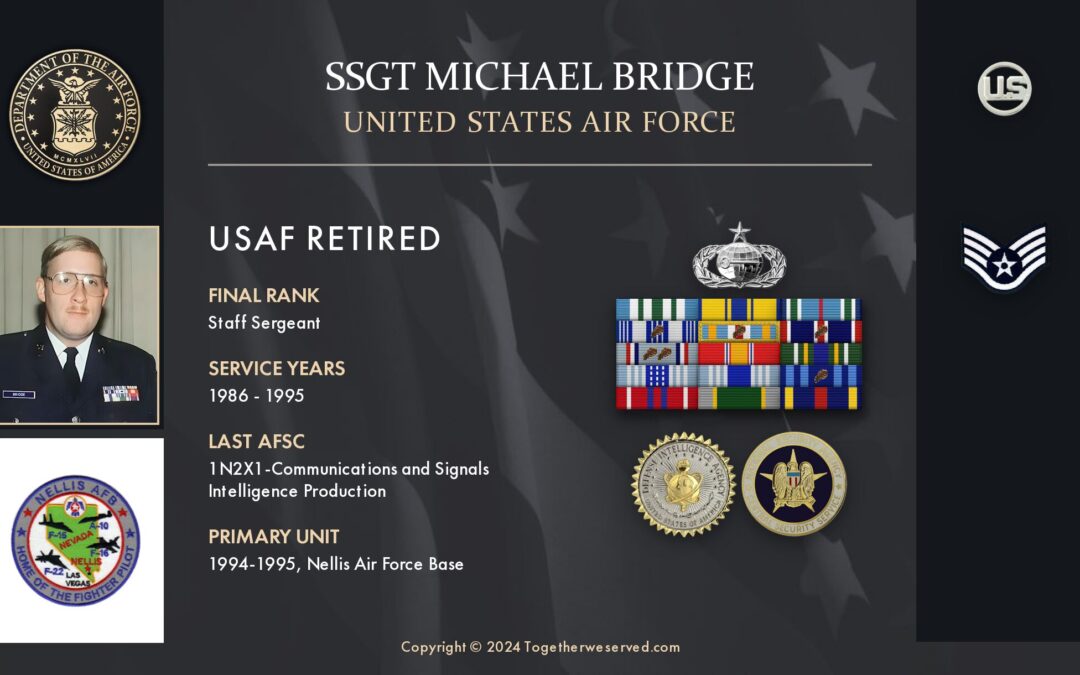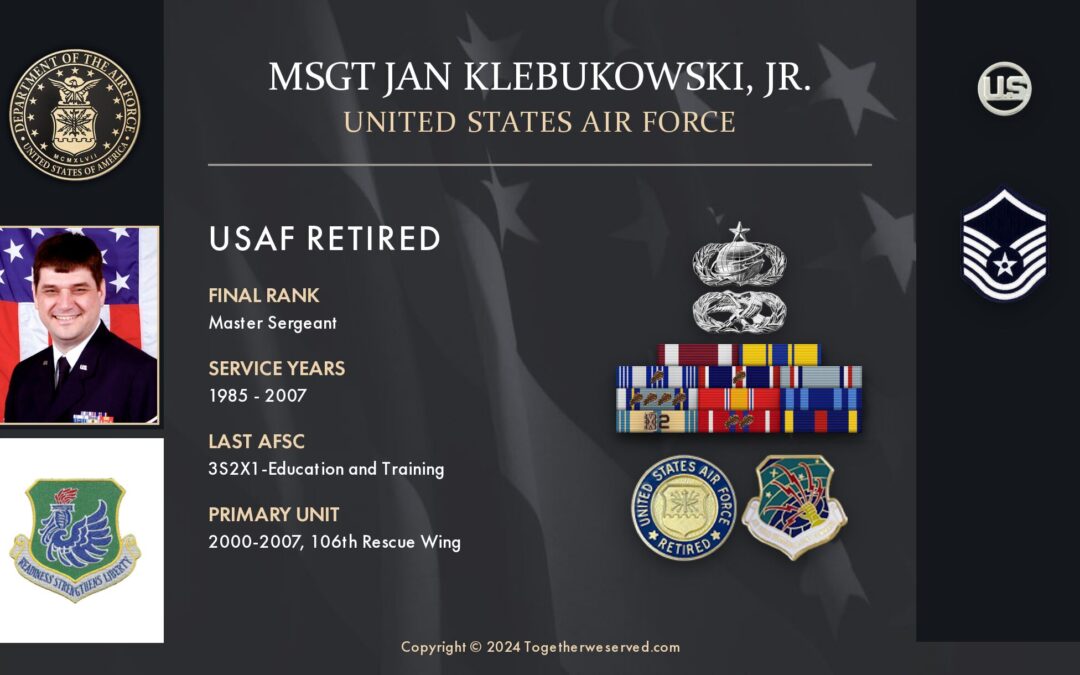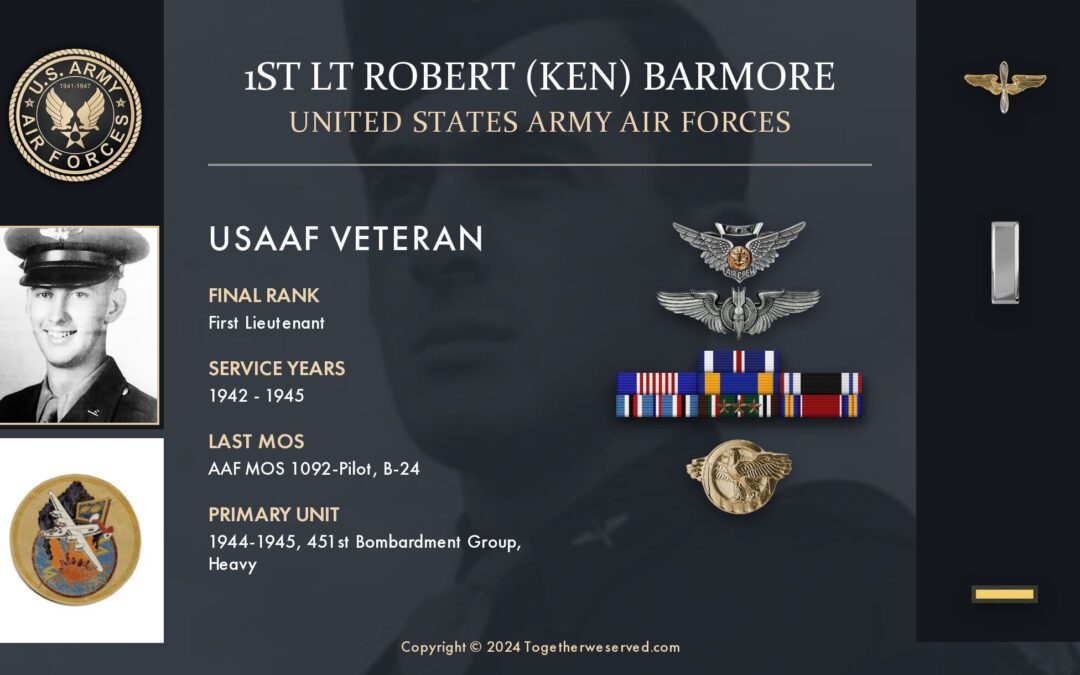During World War II, Sweden was sandwiched between Finland and its ongoing war with the Soviet Union and Norway, which fell to the Nazis in the earliest days of the war in Europe. Somehow, throughout the war, it managed to maintain its neutrality – but that doesn’t mean the country or its diplomats did nothing during that time. The Lifeline in the Final Days of WWII A Swedish noble, Count Folke Bernadotte, was among the most active. He managed to negotiate a prisoner exchange, getting...
